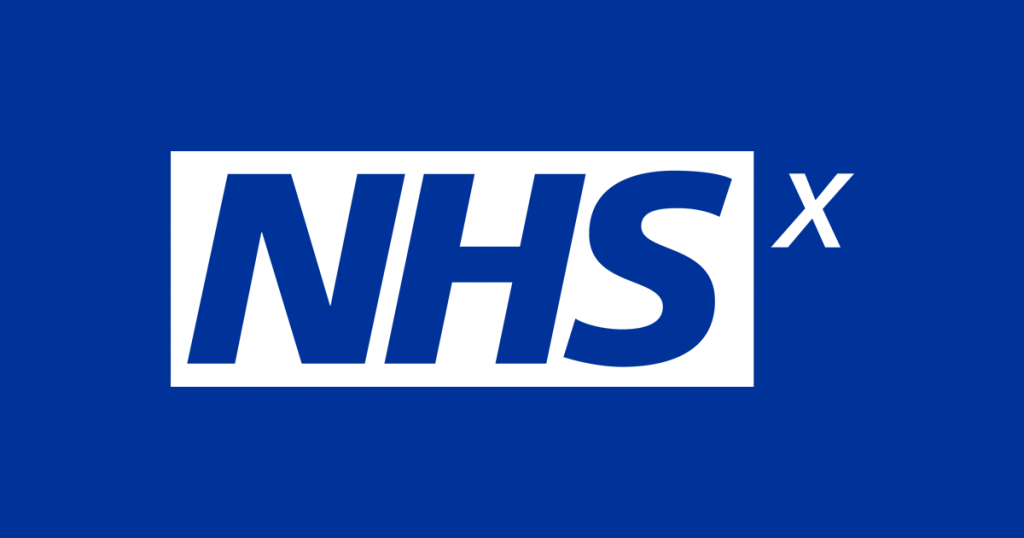The newly launched NHSX could bring much-needed stability and perhaps finally an incremental plan that builds IT across the NHS, but it will only work by facilitating further best practice sharing and deploying flexible, fit-for-purpose systems, says Dr Ian Jackson.
When Health Secretary Matt Hancock launched the largest digital health and social care transformation programme in the world, NHSX, in July this year, he announced that the £1bn investment would give staff and citizens the technology they need. As part of the NHS Long Term Plan to modernise health services, NHSX brings teams from the Department of Health and Social Care, NHS England and NHS Improvement together into one unit to drive digital transformation.
Matthew Gould, CEO of NHSX, got off to a good start with his keynote speech, where he stated that NHSX would not be interested in big bang projects. He inherits a system with significant disparity between hospitals in secondary care. I know from travelling around hospitals in England that there are huge differences in technology – from investment in frontline hardware to the software it runs.
Acute trusts in the digital exemplar programme are providing a great benchmark, but the truth is that there are several hospitals outside of this that are doing great work that the NHS could learn from. These hospitals have often developed their own in-house solutions working with local clinicians – this involvement provides ownership and helps people to actually use the systems routinely. I would advocate that Gould visits some of these sites to see what the NHS as a whole could replicate from them.
Leading by example
At York Teaching Hospital NHS Foundation, electronic whiteboards have been installed throughout the emergency department, for admitting and managing acute patients. As well as displaying basic patient information, it shows whether the patient has been seen and reviewed by junior and senior doctors, and also presents the National Early Warning Scores. Today, it has become a vital tool in helping York’s medical teams to prioritise. It is a great example of an information system that utilises data already recorded through the Electronic Patient Record (EPR) system, which is then presented in a very useful way to the on-call team to help them manage their emergency patients and help improve patient safety. There are some other hospitals across the country doing this, but it is definitely not being used across the board.
We are today sharing much more. When I started as a consultant in the 1980s, there was a huge amount of sharing, because we are all seen to be part of the same family; working in the NHS. Then came the Trusts and purchaser-provider split, and everything changed. Since then, there have been a series of good improvement programmes within the NHS and some have survived such as those provided by NHS Elect. Perhaps NHSX could use this expertise to help spread programmes of support for the use of technology in the NHS. The knack is often in showing what is the art of the possible between leading organisations and those barely out of the starting box.
Overall, I feel there’s a distinct lack of knowledge about what is out there, and it’s Gould’s job to make sure that the sharing of best practice goes much further.
Investing in the right tech
I fear that there has been huge investment in international solutions that are not tailored for use in the NHS. Failure to take advantage of potential gains from systems such as Electronic Prescribing and Medicine Administration (EPMA) is a classic example. If this is a standalone system that requires staff to enter allergies, co-morbidities separately from the rest of the EPR, then mistakes will occur and you increase workload on an already busy group of clinicians and nurses. If integrated into the EPR you start being able to employ links to recorded comorbidities and even blood results.
I believe another problem with international solutions is their lack of flexibility – the ability to redesign or reconfigure to a hospital’s individual requirement is often impossible, or very difficult and disruptive.
There are hospitals looking to change their systems completely but what guarantee do we have that they will move to a better more adaptable system? Sadly, the answer is none.
There is also disparity and I fear a lack of learning from experience with equipment in Secondary Care clinical areas. This leads to repeated mistakes as organisations try to move forward with their IT investment. Examples include computers on wheels and the use of the various tablets available especially iPads. Experience has shown that many computers on wheels are heavy to move around so are not suited to the classic ward round. The batteries fail regularly, can be expensive to replace and ensuring that they are plugged in is also a challenge. In comparison, moving to laptops on trolleys ensures a lighter more moveable device. The batteries are easy to replace (replacement programme should be built in to the business case) and the laptop easy to replace when required.
It is a similar story with tablets such as iPads. They are not designed for 24/7 use in a busy ward area where they need to continuously use their Wi-Fi link for information. Battery life suffers and when the battery fails they are expensive and not easy to replace. However, the biggest issue lies around charging and the current need to insert a small connection repeatedly – this is again not designed for the amount of use required for 24/7 use. Unfortunately, tablets are still evolving products, particularly in the healthcare space, and will require maturation before becoming completely viable.
I end as I started, Gould has begun well with his tour of the NHS. My hope is that he will bring stability, and perhaps an incremental plan that builds IT across the NHS.
Dr Ian Jackson is the Medical Director, and Clinical Safety Officer at Refero.

